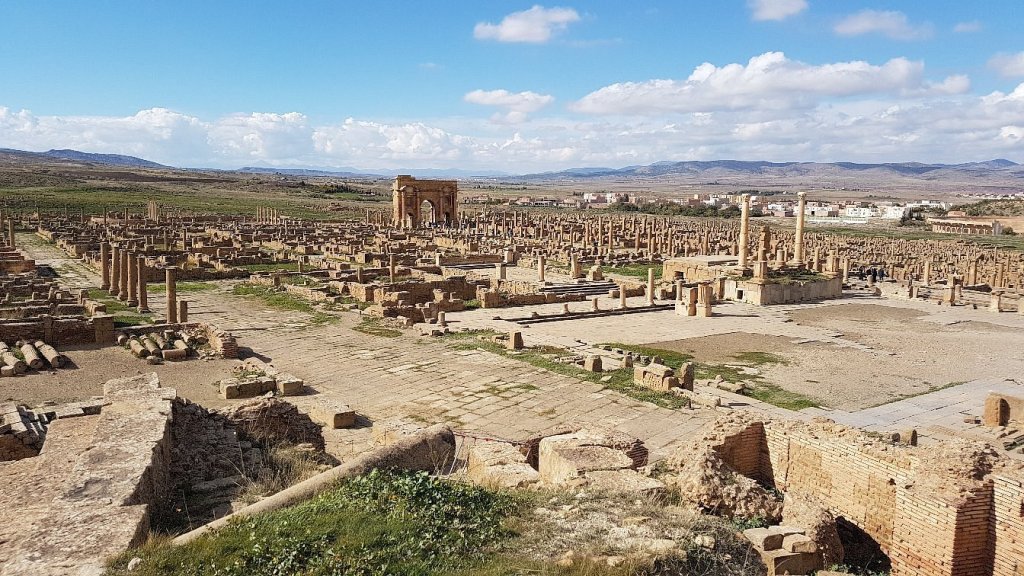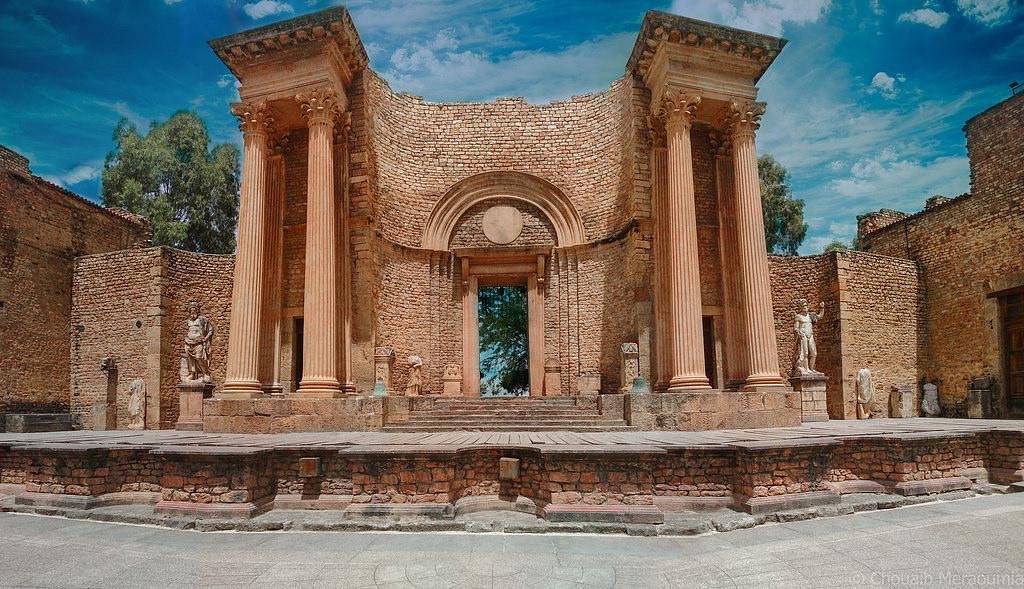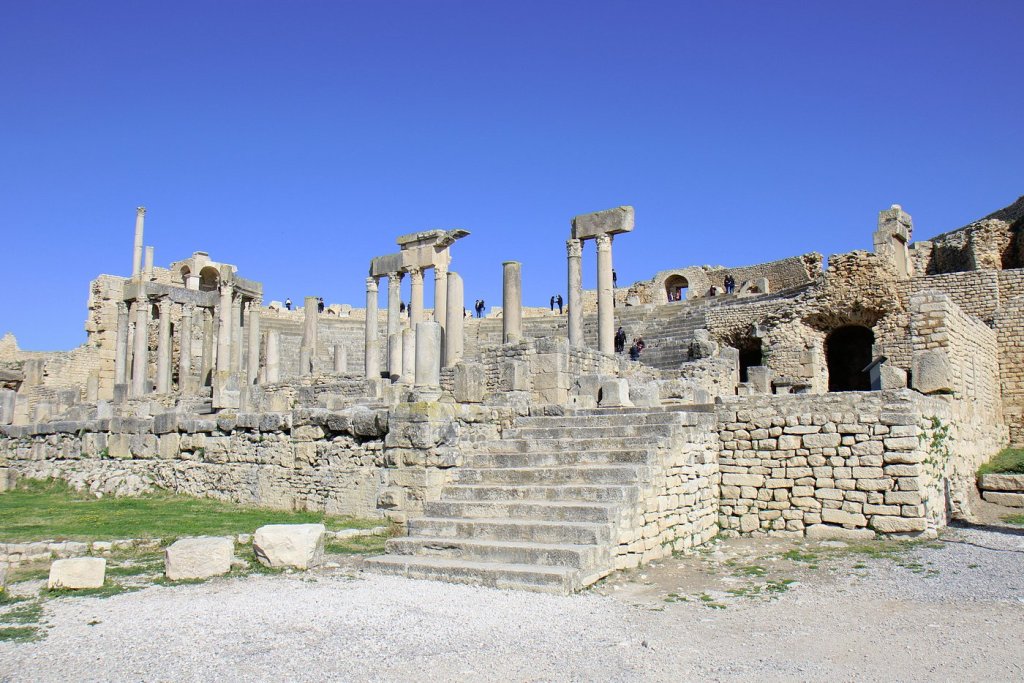Jet lag is a deceptively serious issue for travelers.
The farther someone prepares to fly from home, the more excited they probably are for their trip. After all, carving out a week of vacation to head to a place like Dubai, Bali, or Tokyo is the stuff of travel dreams.
Thanks to the complex planning demands and high prices involved, travelers always want to get the most out of their trip. That’s doubly true when long-haul flights suck up a whole day (or even two) of the vacation.
Here’s where jet lag becomes a serious issue.
Jet lag carves precious time off your trip due to exhaustion and brain fog.
Even if you’re just feeling drowsy or not up for that longer stroll, jet lag can negatively impact your trip. We’ve all lived through that feeling—that our bodies are rebelling against us when it matters most.
After all, who needs shut-eye when there are dozens of adventures to be had?
To break down the nitty-gritty of jet lag, I’m following the money to see how business executives avoid jet lag. After all, business travelers aren’t there for fun. They have to show up looking fresh and speaking articulately. They might even be heading to a high-profile meeting from the airport… in a suit, nonetheless.
So, what do international entrepreneurs have to say about avoiding jet lag?
Here are the best tips and tricks I’ve collected from traveling businesspeople.
Prep beforehand
One of the most tried-and-true pieces of advice is to prep your circadian rhythm before takeoff. Many businesspeople recommend adjusting your sleep schedule one or two days before the flight.
Simply shift the time that you’re waking up and falling asleep by a few hours so that it’s more aligned with your destination. This helps prep the circadian rhythm for a specific time change. It should also help you avoid medications like Melatonin.
Use an app
Technology is revolutionizing travel in many impactful ways—and jet lag treatment is no exception. In fact, some hotels are working closely with jet lag solutions to offer their guests a better stay.
Timeshifter is one of the most well-known solutions, which is available for download on mobile devices. It works by creating sleep profiles for its users, which it compares to the latest neurological studies on jet lag and circadian disruption.
The app’s algorithm then creates a detailed plan for every user that should ideally help them avoid the worst effects of jet lag.
Most advice from Timeshifter and similar apps covers light exposure. Light informs our circadian rhythm—but our screens provide an ever-present sun. Jet lag apps can help you pin down when you should be avoiding natural or artificial light.
Maintain the health basics
Jet lag is a sign of distress. Similar to challenges like constipation, jet lag happens because our body’s rhythm is thrown off.
Jet lag usually gets mentioned around in terms of sleep schedule, but it can also impact our energy levels, ability to concentrate, appetite, and even mood.
Let’s get a little medical here. Jet lag is a sign that our body’s rhythm is off. Our organs aren’t sure when to work in overdrive and when to ‘power down’, while hormone release is also thrown off.
Even our ability to regulate our temperature can be difficult when our circadian rhythm is off.
So it pays to maintain the basics of a good diet, some exercise, and plenty of hydration. Keep your body moving and try to eat vegetables, fruits, and other high-fiber choices.
Hydration looks to be the most important factor when it comes to avoiding jet lag. So don’t try to reduce the amount of water you drink to avoid bathroom breaks on planes.
Day 1 habits
Prepping beforehand, using technology, and maintaining the basics of physical health are a great way to avoid the worst effects of jet lag. But you should also be focused on setting the right habits as soon as you reach your destination.
- Forget your home time zone—you should be powering through the day, even if you arrive early in the morning.
- During this first day, avoid alcohol, highly caffeinated drinks, and junk food—drink plenty of water and healthy foods to give your body a boost.
- Get out in the sunlight to reprogram your mind—it’ll make you even more ready for sleep when the sun goes down.





